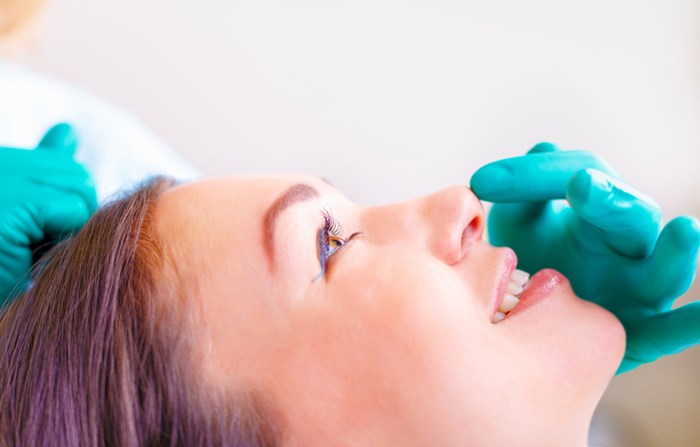
Rhinoplasty: An Aesthetic and Functional Journey
Rhinoplasty is a nose surgery performed for both aesthetic and functional purposes. This procedure not only changes the shape of the nose to improve the overall appearance of the face but is also used to solve breathing problems. In this article, we will discuss the rhinoplasty process, expected outcomes, and the recovery period.
Read This : Two types of rhinoplasty explained – cosmetic vs functional
What is Rhinoplasty?
Rhinoplasty is a surgery to reshape the structure of the nose. The surgery can be performed to reduce the size of the nose, shape the tip, straighten the bridge, or change the size of the nostrils. It is also chosen to address respiratory issues such as a deviated septum.
The Rhinoplasty Process
Consultation and Planning: The rhinoplasty process begins with a detailed consultation session with a plastic surgeon. During this stage, the patient’s expectations, a detailed analysis of the nasal structure, and surgical planning are conducted. Modern imaging techniques are used to visualize possible post-surgery outcomes.
Surgery: Rhinoplasty can be performed under local or general anesthesia and usually takes 1-3 hours. The surgeon accesses the nasal tissues through incisions made inside or outside the nose and performs the reshaping procedure.
Recovery Period: After the surgery, swelling and bruising around the nose area can occur. These symptoms usually diminish within a few weeks. Throughout the recovery process, it is important for patients to follow the doctor’s recommendations and attend regular check-ups.
Expected Results and Risks
Rhinoplasty can make noticeable changes to your face and improve your breathing function. However, it is important to have realistic expectations. Surgical outcomes can vary from person to person.
As with any surgical intervention, rhinoplasty also carries risks of infection, bleeding, or complications related to anesthesia. Additionally, a corrective procedure may be required post-surgery, though this is rare.
Rhinoplasty is a surgery to reshape the structure of the nose. The surgery can be performed to reduce the size of the nose, shape the tip, straighten the bridge, or change the size of the nostrils. It is also chosen to address respiratory issues such as a deviated septum.
- Keeping the head elevated for the first few days,
- Avoiding pressure on the nose,
- Using pain relievers and antibiotics prescribed by the doctor,
- Using a nasal splint and tampons for the duration specified by the doctor,
Following these recommendations can accelerate the healing process and help achieve the best outcome.
Conclusion

Rhinoplasty offers a robust solution for addressing both aesthetic and functional concerns. However, choosing a plastic surgeon carefully and making informed decisions at every stage of the process is crucial. By setting the right expectations and working with a professional team, you can maximize the benefits offered by rhinoplasty.

